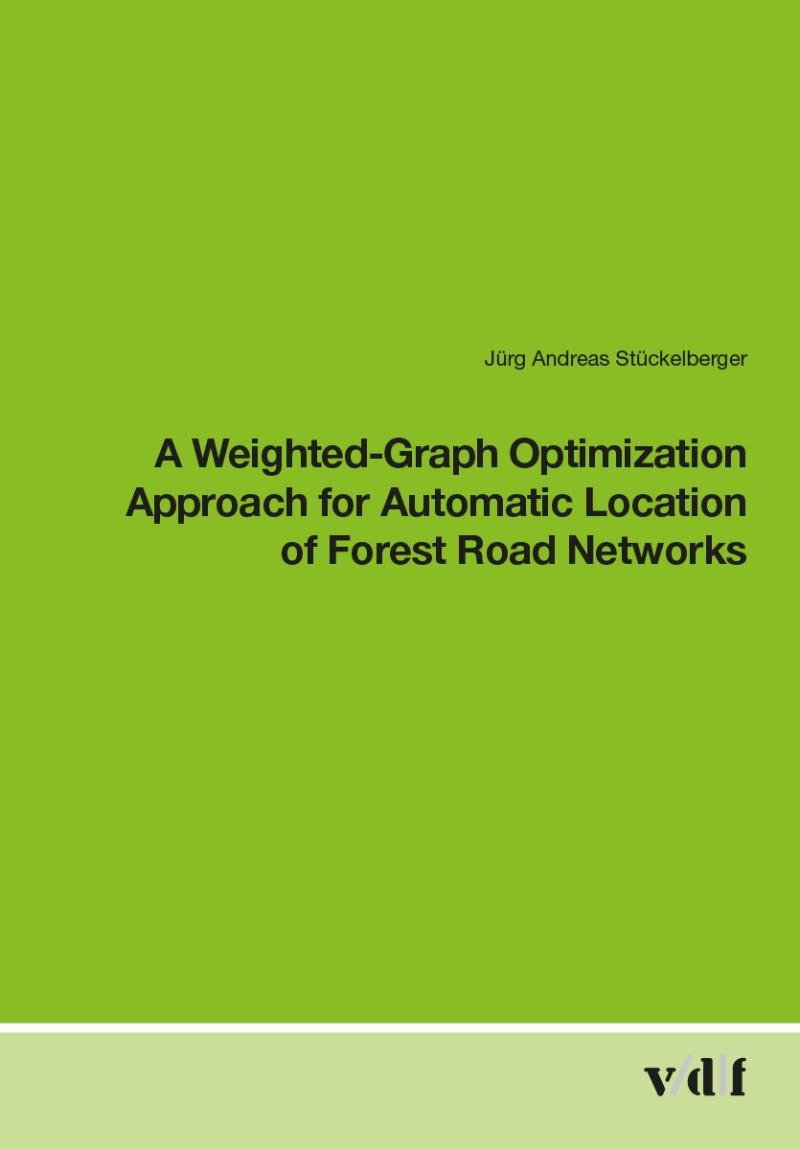A Weighted-Graph Optimization Approach for Automatic Location of Forest Road Networks
In a large majority of regions where forestry activities occur, roads are the backbone of their efficient management. Automatic planning of a road network is an ongoing, challenging task. Advances have been aided by the increased availability and accuracy of digital terrain models, greater computing power, and improvements in optimization techniques. Defining the objectives and deriving adequate objective functions are crucial steps in guiding the solution toward an ideal network, especially when individual goals may conflict. For example, whereas the conservationist might prefer that a layout minimizes any detrimental impacts on the environment, the forest landowner may favor cost-minimal roads while the forest operator would like to have a dense network in order to reduce transportation costs.
This thesis introduces models for three objective functions:
- forest road construction and maintenance costs,
- negative ecological effects from such roads,
- the suitability, or attractiveness, of a network for cable-yarding.
Case studies in mountainous project areas illustrate the trade-offs among these conflicting goals, and demonstrate how to optimize different objectives in order to make an optimal decision overall.
We support open access (free download), what about you?
- Auflage: 1., 2008
- Seiten: 140 Seiten
- Abbildungen: zahlreiche farbige Abbildungen
- Format in cm: 16,0 x 23,0
- Einbandart: PDF
- ISBN: 978-3-7281-3423-3
- DOI: 10.3218/3423-3
- Sprache: Englisch
- Lieferstatus: gedruckte Ausgabe vergriffen, als eBook lieferbar



